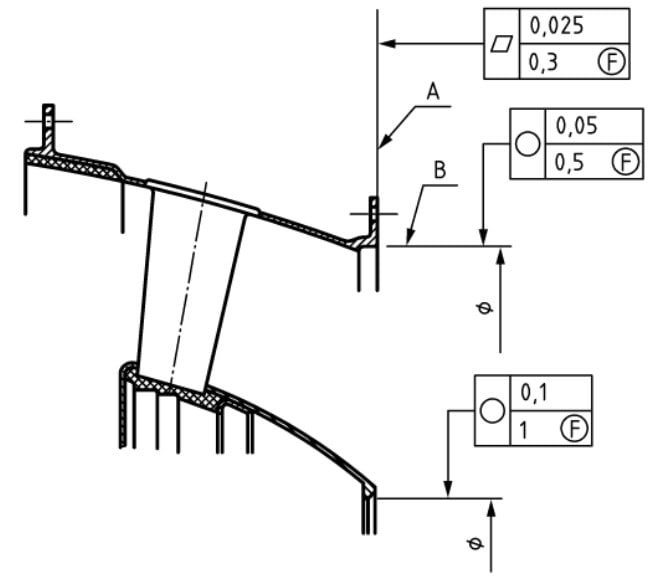SeasonLee
Mechanical
- Sep 15, 2008
- 918
Please ref to the section view below:

Its an ISO spec, I havn't seen dual flatness callouts before, what is the meaning of each callout?
Thanks for the help.
Season

Its an ISO spec, I havn't seen dual flatness callouts before, what is the meaning of each callout?
Thanks for the help.
Season

